Discover 11 hidden attractions, cool sights, and unusual things to do in Casper (United States). Don't miss out on these must-see attractions: Hogadon Ski Area, National Historic Trails Interpretive Center, and Fort Caspar. Also, be sure to include Natrona County Library in your itinerary.
Below, you can find the list of the most amazing places you should visit in Casper (Wyoming).
Table of Contents
Hogadon Ski Area
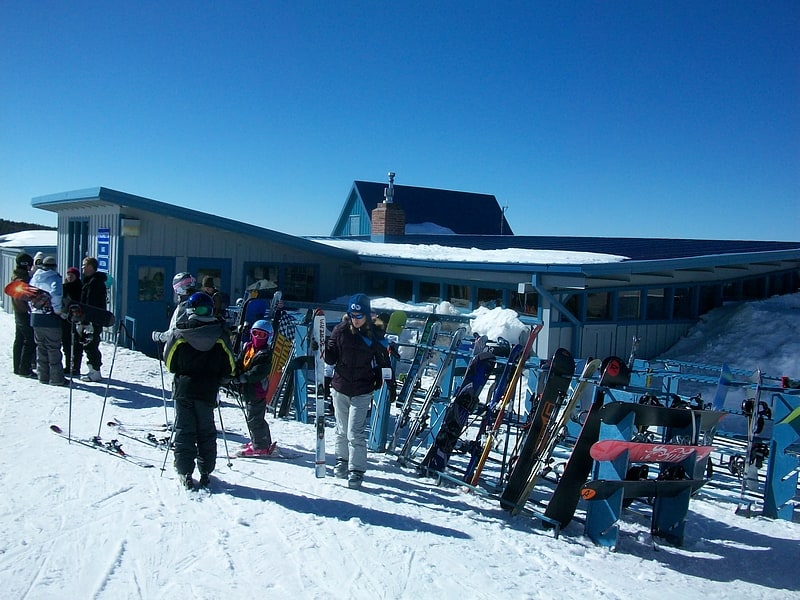
Ski resort in Casper Mountain, Wyoming. Hogadon Basin Ski Area is a ski resort located 11 miles south of Casper, Wyoming on Casper Mountain. The mountain features 28 trails of varying difficulty. Of those trails, 20% are beginner, 40% are intermediate and 40% are expert ski terrain. The mountain also features a terrain park. With 600 vertical feet from top to bottom. The ski area offers a restaurant as well. Hogadon is one of the few resorts in the country that has the actual resort building located on the summit as opposed to the base.
The Details:
Elevation: top- 8,000 feet; vertical rise- 600 feet
The Prospector Chair (Double Chair Lift): 2,200 feet long; 1,000 skiers per hour
The Mine Shaft (Magic Carpet Lift): on beginner terrain
60 acres of groomed slopes
50% snowmaking capacity[1]
Address: 2500 Hogadon Road, 82601 Casper
National Historic Trails Interpretive Center
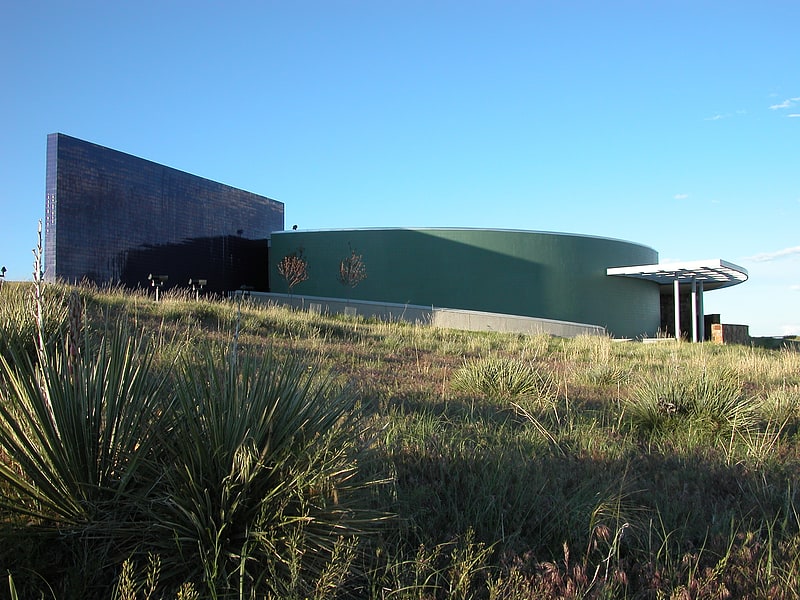
History museum in Casper, Wyoming. The National Historic Trails Interpretive Center is a 11,000-square-foot interpretive center about several of the National Historic Trails and is located northwest of Casper, Wyoming on Interstate 25. It is operated through a partnership between the Bureau of Land Management, the City of Casper, and the National Historic Trails Center Foundation. The center offers interpretive programs, exhibits, multi-media presentations, and special events.[2]
Address: 1501 N Poplar St, 82601 Casper
Fort Caspar
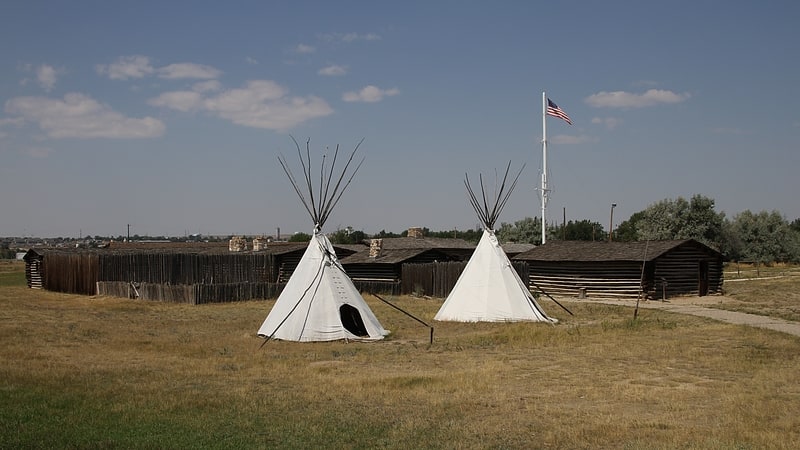
Museum in Casper, Wyoming. Fort Caspar was a military post of the United States Army in present-day Wyoming, named after 2nd Lieutenant Caspar Collins, a U.S. Army officer who was killed in the 1865 Battle of the Platte Bridge Station against the Lakota and Cheyenne. Founded in 1859 along the banks of the North Platte River as a trading post and toll bridge on the Oregon Trail, the post was later taken over by the Army and named Platte Bridge Station to protect emigrants and the telegraph line against raids from Lakota and Cheyenne in the ongoing wars between those nations and the United States. The site of the fort, near the intersection of 13th Street and Wyoming Boulevard in Casper, Wyoming, is listed in the National Register of Historic Places and is now owned and operated by the City of Casper as the Fort Caspar Museum and Historic Site.[3]
Address: 4001 Fort Caspar Rd, 82604-2923 Casper
Natrona County Library
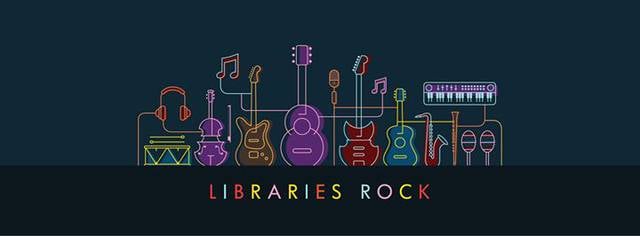
Library
Address: 307 E 2nd St, 82601-2505 Casper
Odd Fellows Building
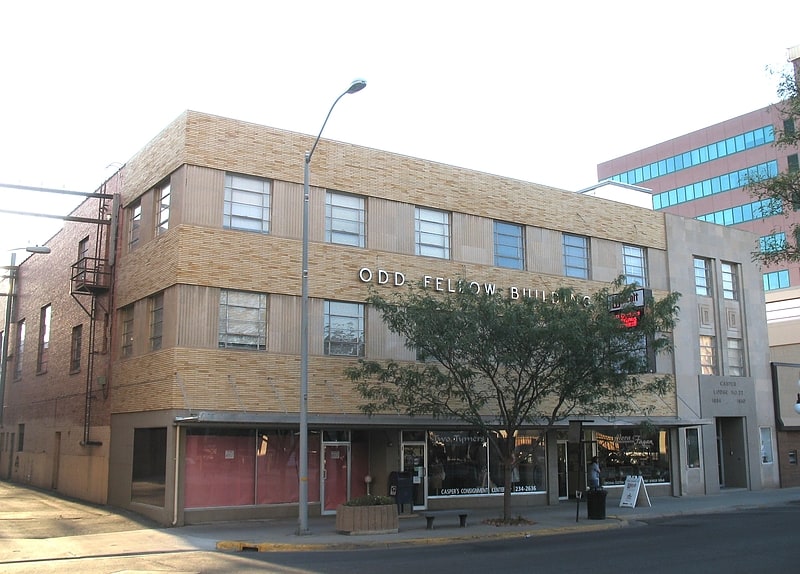
The Odd Fellow Building or Odd Fellows Building, now known as Wolcott Galleria, is a historic building in Casper, Wyoming. It was built in 1952 and designed by architect Jan Wilking of local architectural firm Goodrich & Wilking. Casper's economy was then doing well and this building, unusual for Casper, was built with an arcade of first floor shops. The Odd Fellows used the second floor, which had a double-height ballroom. There were offices on the third.
It was listed on the National Register of Historic Places in 2009.
This building is now known as the "Wolcott Galleria", and home to home to a number of retail shops, as well as a banquet hall.[4]
Rialto Theater
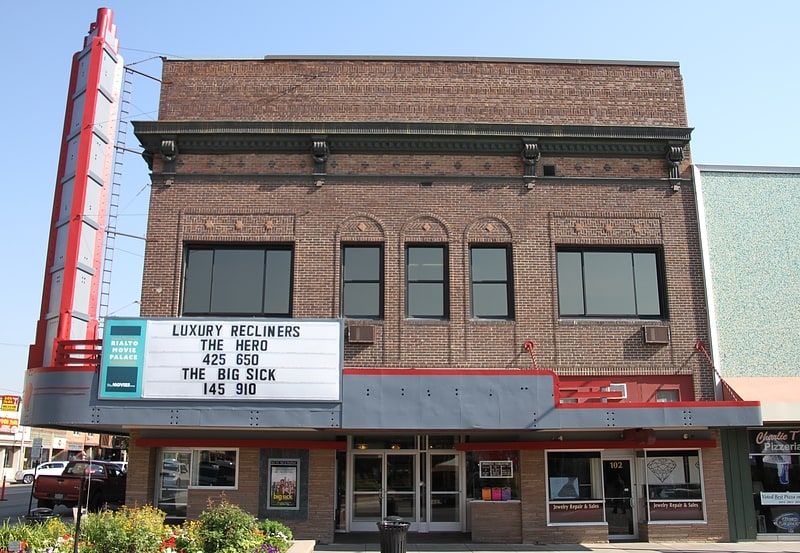
Theater in Casper, Wyoming. The Rialto Theater in Casper, Wyoming was built as the New Lyric Theater in 1921. It was constructed with 800 seats by Henry Brennan who had a successful Vaudeville house, on which he based the new cinema. He almost immediately sold the building in 1922 to new owner E.J. Schulte who invested $50,000 in a remodeling project designed by Casper architects William Dubois and Leon Goodrich. The reopening in 1922 featured the William C. deMille movie Nice People, a silent film that was accompanied by the Chicago Netto Ladies Orchestra. In 1928 the Rialto began to show talkies.
The Rialto measures 50 feet (15 m) by 100 feet (30 m) on a prominent corner site. The brick facade is plain in form but the brickwork is extensively detailed. A tall neon sign marks the corner, replacing the original metal sign and a marquee was added, covering the original leaded glass transoms over the storefronts. A tall parapet adds to the apparent mass of the theater. Storefronts on both frontages house retail shops. On the interior a balcony is reached by two curving stairs on either side of the lobby, replacing a single grand stair from the first design.
The Rialto continues to operate as a cinema. It was listed on the National Register of Historic Places in 1993.[5]
Casper Planetarium

Observatories and planetariums, Museum
Address: 904 N Poplar St, 82601-1348 Casper
Townsend Hotel

Hotel. The Townsend Hotel, also known as the Hotel Townsend, is a historic hotel in Casper, Wyoming. It was renovated and expanded for government use in 2008-2009 and is now known as the Townsend Justice Center.[6]
Roosevelt School
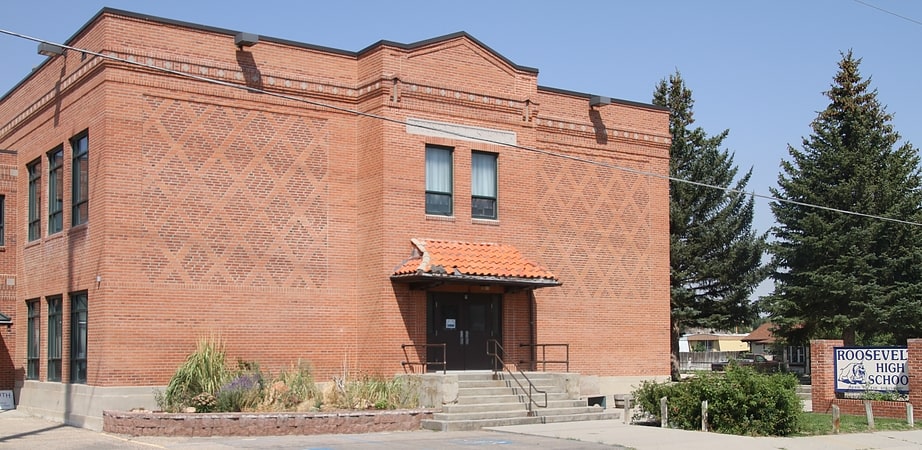
The Roosevelt School in Casper, Wyoming, originally named North Casper School, was designed by leading Wyoming architectural firm Garbutt, Weidner & Sweeney in 1921 and was built in 1922. Need for the school followed from a post-World War I boom in Casper's economy and population, connected to a boom in the petroleum industry there. The school served as a neighborhood center in an otherwise-neglected area of the town.
The North Casper area was across railroad tracks from the rest of Casper, and was fast-growing. In the words of Vivian Dwyer, principal of the school, it was "a district of small homes, meager means, and large families." Schooling was not available to all.
In 1921 an expansion of the existing school was planned, but instead a new building was designed and built. Only one wing of six classrooms was finished in a timely fashion, due perhaps to a union-related work stoppage.
The school was named for Theodore Roosevelt.
It was listed on the U.S. National Register of Historic Places in 1997.[7]
Masonic Temple

Fraternal organization in Casper, Wyoming. The Masonic Temple in downtown Casper, Wyoming is a Masonic hall, built in 1914 during a boom time initiated by the development of the Salt Creek Oil Field. Located on a corner site, the temple remains essentially as it was designed by Casper architect Homer F. Shaffer. The four story light-colored brick building rests on a raised basement and is topped by a crenelated parapet. The original windows have been replaced with vinyl units but retain the one-over-one appearance of the originals. Windows extend over the west and south sides. The north side is blank, while the east side is the building's rear facade and has fire escapes and a few windows.
The interior is arranged, from the bottom up, as basement, a first floor, containing the ballroom, the second floor containing the lodge and banquet rooms, and a second floor balcony. The basement contains a card room and once had a two-lane bowling alley. A now-unused caretaker's apartment is on this level. A boiler room, dining room and kitchen are also found on this level. A half-story up, the main entrance opens into a vestibule with stairs descending to the basement and ascending to the first floor. A ballroom originally occupied most of the first floor, but was converted to a lodge room in 1964. A small orchestra stage was enclosed. Men's and ladies' lounges or card rooms are also on this level. The second floor contains another lodge room, a banquet hall and a kitchen. The rooms on this level have high ceilings. A balcony overlooks the lodge room.
The estimated cost of the temple was $40,000. It was built by local contractor G.A. Ukensky. The ballroom and banquet hall were rented for public gatherings. By 1924 the lodge membership was 533. Homer Schaffer, the architect, practiced as an architect for only a few years between 1912 and 1915. He later became involved in furniture sales before moving to Cheyenne and becoming a car salesman after 1926. In 1931 he and his family moved to Alamosa, Colorado where he operated an electrical contracting business, designing buildings from time to time.[8]
Casper Fire Department Station No. 1

The Casper Fire Department Station No. 1, also known as Casper Municipal Garage and Fire Station, was built in 1921. It was listed on the National Register of Historic Places in 1993.
It was designed by Casper architects Garbutt, Weidner and Sweeney in Late Gothic Revival style. It is a two-story 42 by 80 feet (13 m × 24 m) brick building with decorative terra cotta manufactured by the Denver Terra Cotta Company.[9]